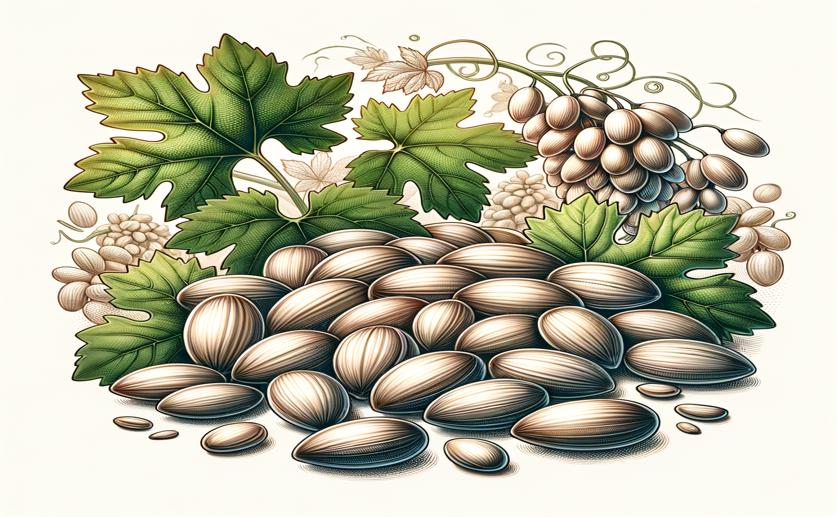
Do Grape Seeds Show Traits of Domestication?
Greg Howard
18th June, 2024

Image Source: Natural Science News, 2024
Key Findings
- Researchers at Universidad Miguel Hernández de Elche studied grapevine domestication using molecular, ampelographic, and morphometric techniques
- They identified a "domestication syndrome" in grape seeds, characterized by a long stalk (greater than 1 mm)
- Modern grape cultivars show high domestication index values and probabilities, distinguishing them from wild grapevines
AgricultureGeneticsPlant Science
References
Main Study
1) Is there a domestication syndrome in Vitis (Vitaceae) seed morphology?
Published 17th June, 2024
https://doi.org/10.1007/s10722-024-02023-1
Related Studies
2) Multiple origins of cultivated grapevine (Vitis vinifera L. ssp. sativa) based on chloroplast DNA polymorphisms.
Journal: Molecular ecology, Issue: Vol 15, Issue 12, Oct 2006
3) Eco-evo-devo implications and archaeobiological perspectives of trait covariance in fruits of wild and domesticated grapevines.
4) Morphotype broadening of the grapevine (Vitis vinifera L.) from Oxus civilization 4000 BP, Central Asia.
5) Vitis flower types: from the wild to crop plants.



 15th June, 2024 | Jim Crocker
15th June, 2024 | Jim Crocker